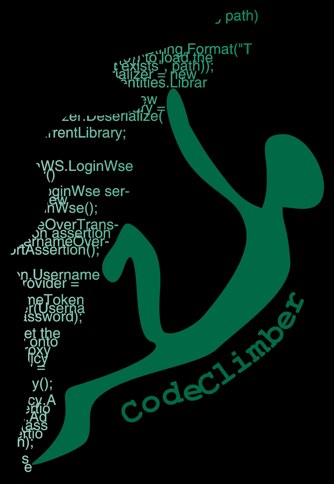As everyone know, with the latest release of the iPhone OS, Apple made all applications not developed natively with the Apple stack (XCode, Objective-C) “illegal”.
This change created a big turmoil in all developer communities because that means that no translators/converters/adapters can be used to develop native iPhone app. While probably this had the goal to ban only the new iPhone Packager included in Adobe CS5 (which would have allowed Flash developer to develop a Flash application and automatically make it an iPhone app), it might probably effect also on many other libraries, like MonoTouch (even if this is still an open debate).
From now on, if a company wants to make a cross-device application that also targets the iPhone/iPad, it has to do it in HTML5.
But while this is really bad from a philosophical point of view, and probably it was not Apple original goal behind the updated SDK license, this ban can have the side-effect of pushing forward all the technologies that are living under the name of HTML5.
In a recent comment, an Apple’s spokeswoman said:
“Someone has it backwards — it is HTML5, CSS, JavaScript, and H.264 (all supported by the iPhone and iPad) that are open and standard, while Adobe’s Flash is closed and proprietary.”
If stop a few seconds and think about all the applications you have on your iPhone, you’ll probably recognize that most of them could have been developed as HTML5 applications, and mobile Safari is probably the browser that currently support most of the HTML5 standard:
And in addition mobile safari can detect gestures and rotations:I don’t see any other feature you would need to make a compelling. And if you want the same look&feel of the native iPhone UI component you can use jQTouch.
And it seems that this exodus is already happening, as noted by Robert Scoble a few months ago.
So, the question is: Will this ban push HTML5? What do you think?
